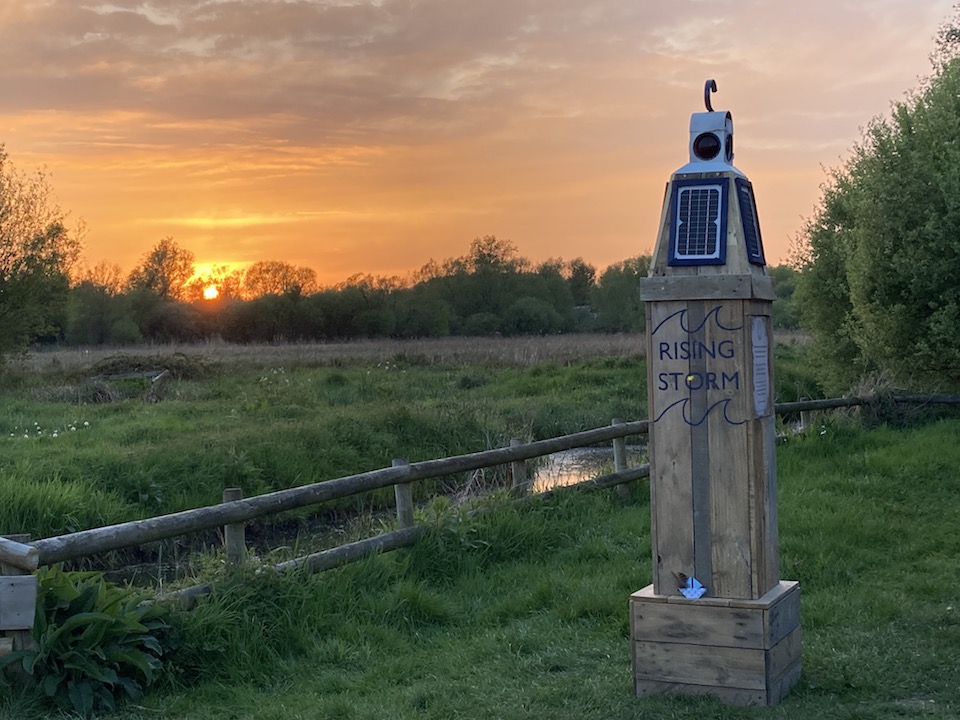
The (Future) Wales Coast Path seeks to raise awareness of the impermanence of the land many of us take for granted, and to open up a local and global conversation about flooding, sea level rise, and adaptation.
The project physicalises the future of our shoreline and highlights the habitat, communities, and physical space we may have to say goodbye to.
Throughout 2022, communities on the Gwent Levels and the Indian island of Sagar were invited to walk together (in their own intertidal spaces) over a year, between the current shoreline and the future edge of the land, and to document, share stories, and begin conversations about the future of these places alongside artists, scientists and researchers. Each walk considered the question “where does the sea begin?” and the perspective of the landscape and the sea herself was welcomed in the search for answers.
Arriving at the future shoreline on the Levels (several miles inland), they met a lighthouse whose light reacts to tidal data from a buoy located in the Indian Sundarbans, where regular tidal inundation is already a reality. The lighthouses are a warning system, a navigation marker for the future and an indication that we are not alone and can learn from those at the frontline of the climate crisis if we are open to doing so. At the end of the year, books were created from the artist and participant documents of the walks and conversations, containing sketched maps of the journeys, photographs, artworks, and words contributed by everyone who participated.
The lighthouse still remains in the landscape, now based at Newport Wetlands RSPB reserve, and of course the walking routes are still available for people to experience on their own terms, following the provocations on the lighthouse and on the project website, although they will get gradually shorter over time as the Sea continues to exchange with the land.
Credits
Developed with:
Vikram Iyengar - artist/ curator of experience in India
Dr Emma McKinley - marine social scientist and researcher
Elen Roberts - producer
Steve Symons - lighthouse technology
Jack Stilling - Newport Lighthouse build
Cosmic Construction - Magor Lighthouse build
Prarthana Hazra, Amlan Chaudhuri, Debashree Bhattacharya, Kunal Chakraborty - artists/facilitators in India
Stephen Heinson - communications officer
Project partners include the Severn Estuary Partnership, Gwent Wildlife Trust, Our Living Levels, Newport Riverfront, Newport Fusion and Natural Resources Wales. The work was funded by Arts Council Wales, Living Levels, Natural Resources Wales and Newport Fusion. We are grateful to Langport Town Council and RSPB Newport Wetlands for hosting the lighthouses on their current sites, and to Newport Riverfront and Gwent Wildlife Trust for hosting the lighthouses and related events during 2022.


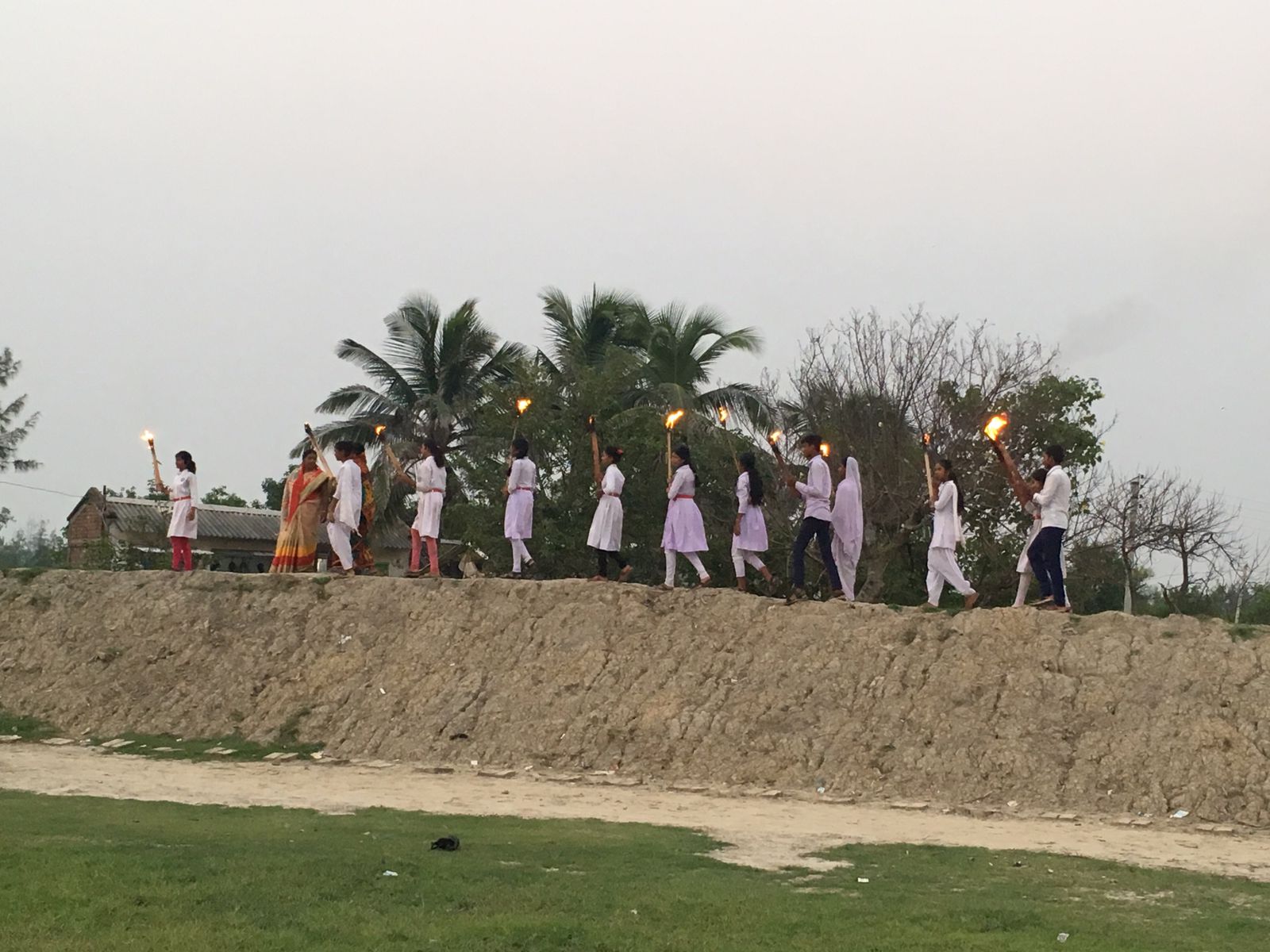

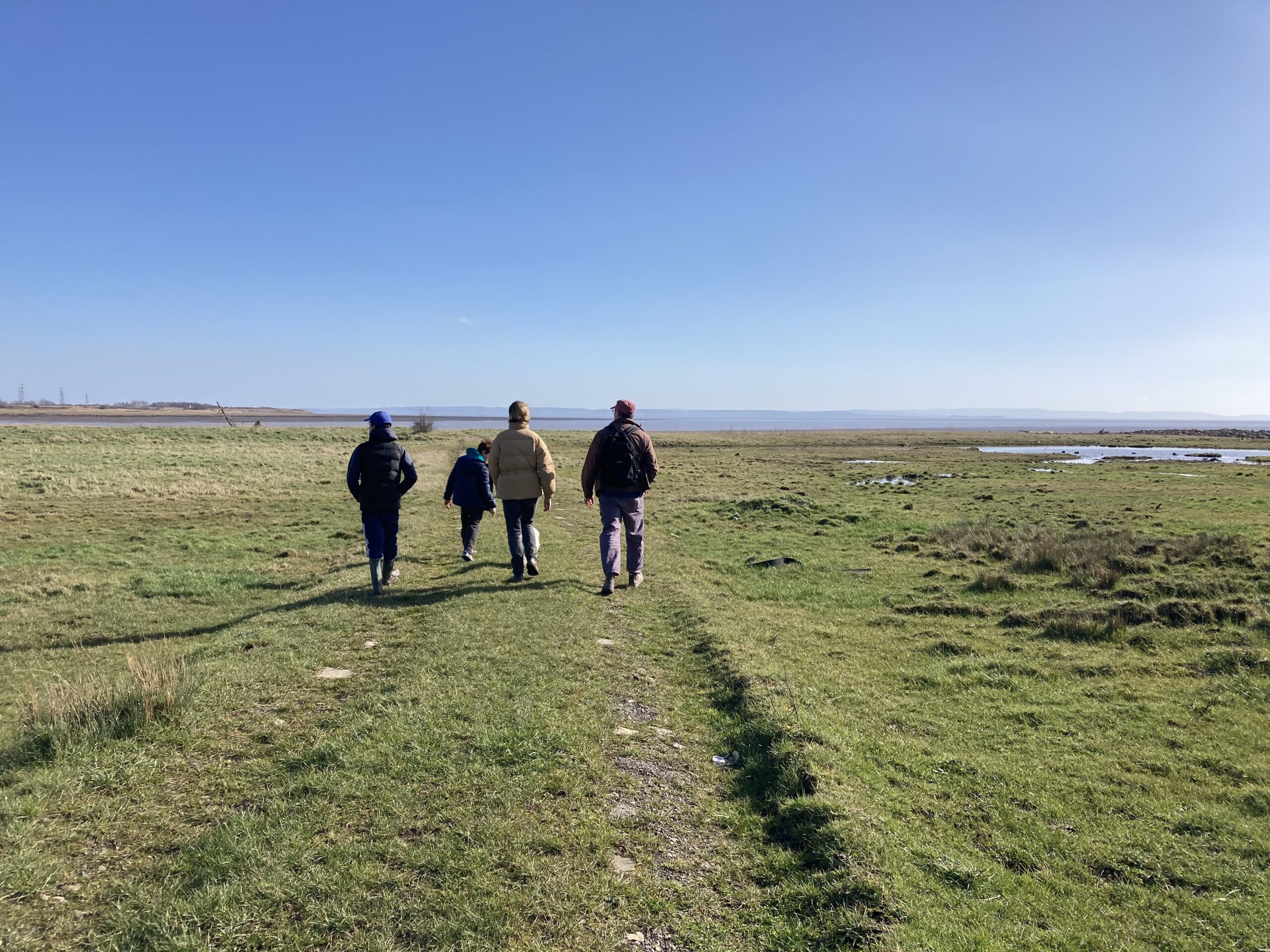

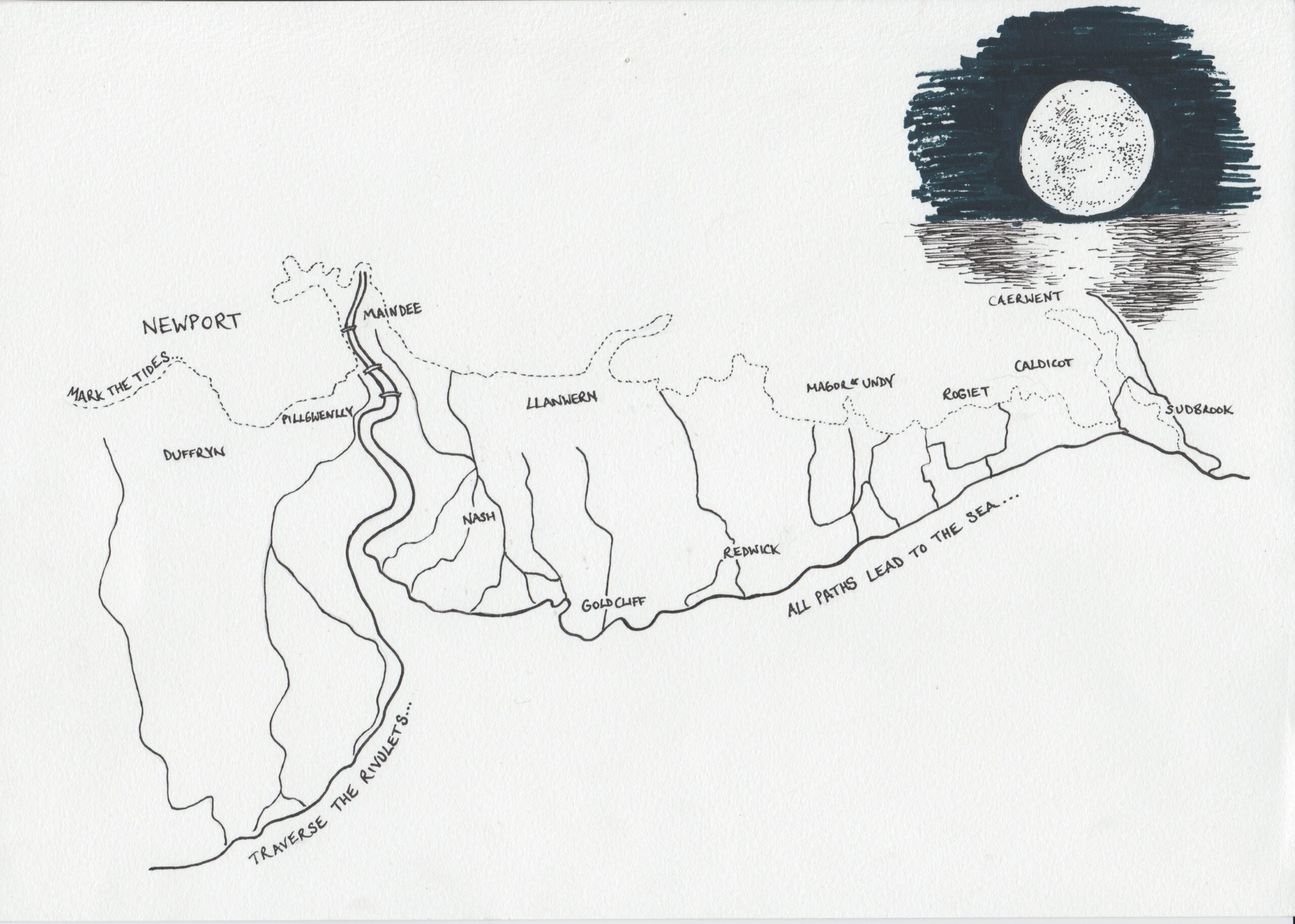



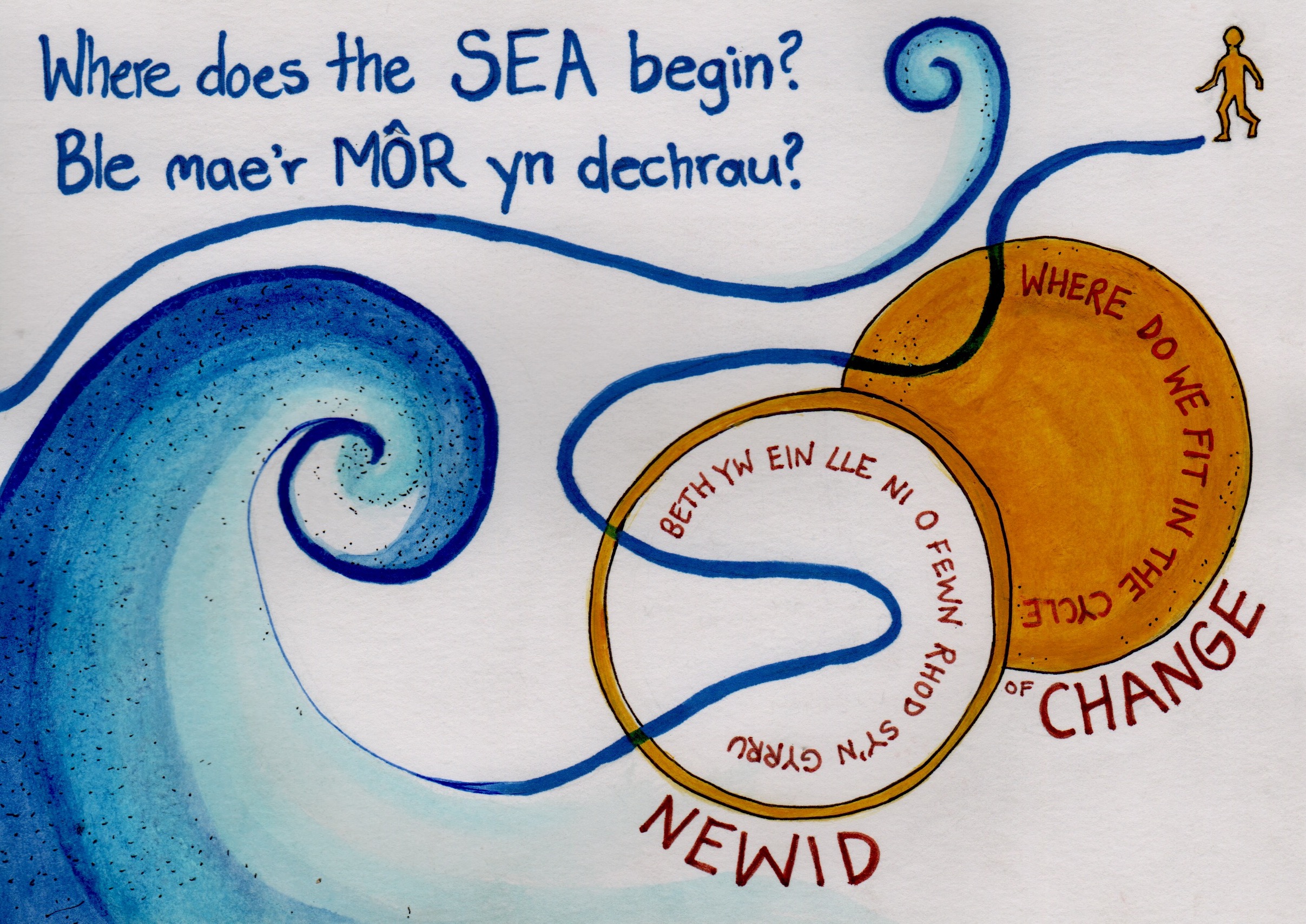

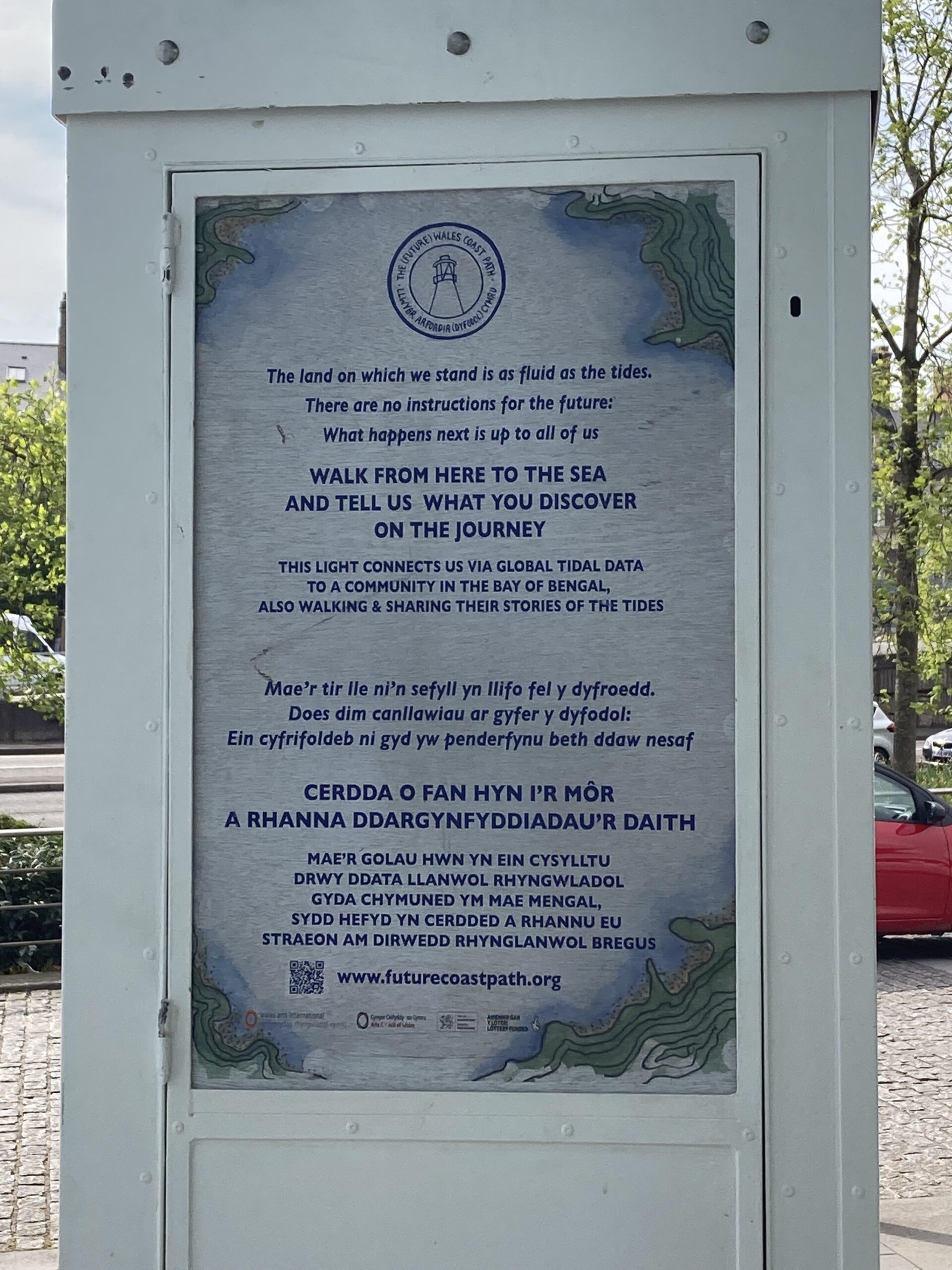

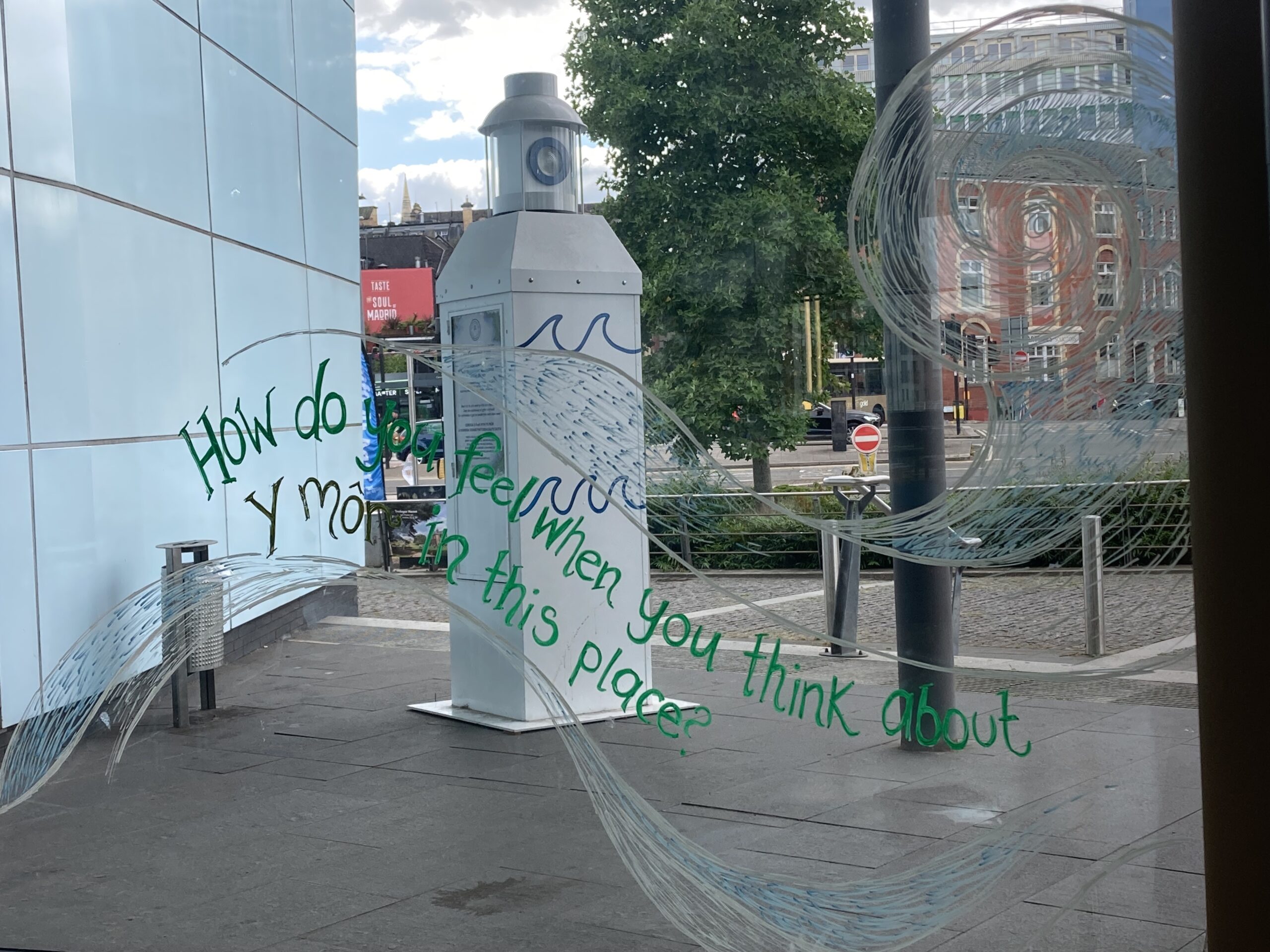

One thought on “The (Future) Wales Coast Path”